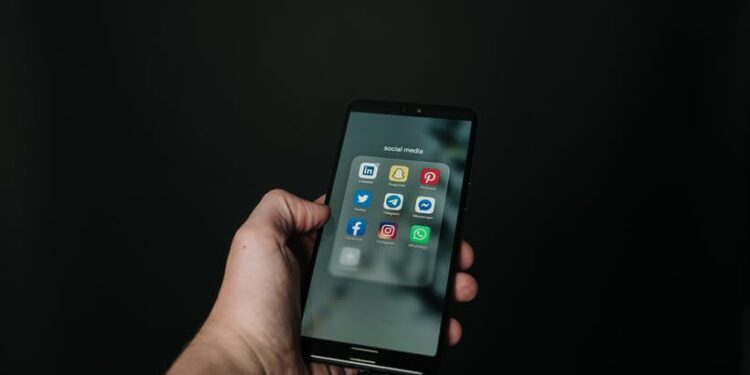Cellular technology has come a long way since its inception in the early 1900s. From its humble beginnings as a means to communicate between radios, cellular technology has evolved into an essential part of modern life. In this article, we will take a look at the history of cellular technology, from its development through to its current state.
The Origins of Cellular Technology
Cellular technology is one of the most important inventions in history. Cellular technology was born from the need to create a network of communication for early electronic devices. Before cellular technology, there was no way for electronic devices to communicate with each other. Cellular technology allowed for the creation of networks of communications that are still in use today.
The origins of cellular technology date back to the early days of electronics. In the 1920s, scientists were working on creating a network of communication for early electronic devices. They were unable to create a network due to the lack of technology at the time. In 1945, Bell Labs created the first cellular network using tin cans and rubber bands. This network was used to connect telephone poles.
In 1969, Motorola developed the first handheld phone that could use cellular technology. This phone was called the DynaTAC 8000X Band Master. This phone allowed people to make calls over long distances without having to use wires.
Cellular technology continued to evolve over the years. In 1995, Qualcomm developed the first CDMA (Code Division Multiple Access) cellular system. This system allowed people to make calls over short distances by using radio waves instead of wires.
Today, cellular technology is used in many
The First Cellular Phones
The first cellular phones were actually developed in the early 1900s. However, it wasn’t until 1973 that the first commercial cellular phone service was available. This service was called Global System for Mobile communications, or GSM. In 1992, the second generation of cellular phones, which use digital technology, was introduced. Today, there are many different types of cellular phones, including prepaid phones, contract phones, and cell phones with monthly plans.
The Development of Cellular Technology
Cellular technology has come a long way since its inception in the early 1900s. It started out as a way to help landlines stay connected, but has evolved into an essential part of modern life. Here’s a look at the history of cellular technology, from its early days to today.
Cellular technology didn’t originate with cell phones. The first cellular technology was called radiotelephone, and it was used to help connect landlines. Radiotelephone worked by sending signals through the air, similar to how radio waves work. This technology was developed during World War I, and it helped soldiers stay connected while they were on the battlefield.
After World War I, radiotelephone technology began to be used for other purposes. One example is that it was used to connect ships at sea. This allowed merchants to communicate with each other, and it also allowed ships to track their locations.
Another application of radiotelephone technology was in cars. In the early days of automobiles, drivers needed to constantly keep their hands on the wheel in order to stay safe. Radiotelephone technology allowed drivers to keep their hands free while they communicated with others using the phone.
The Impact of Cellular Technology on Society
Cellular technology has had a significant impact on society. It has allowed people to stay connected and communicate wherever they are. Cellular technology has also helped people to stay organized and productive.
Conclusion
Cellular technology has come a long way in the last century, and it is only going to continue to grow in popularity. From smartphones and laptops to medical scanners and renewable energy sources, cellular technology is integral to our modern lives. In this article, we will explore the history of cellular technology, from its humble beginnings as radiosonde balloons to its current applications in the digital age. Thanks for reading!



